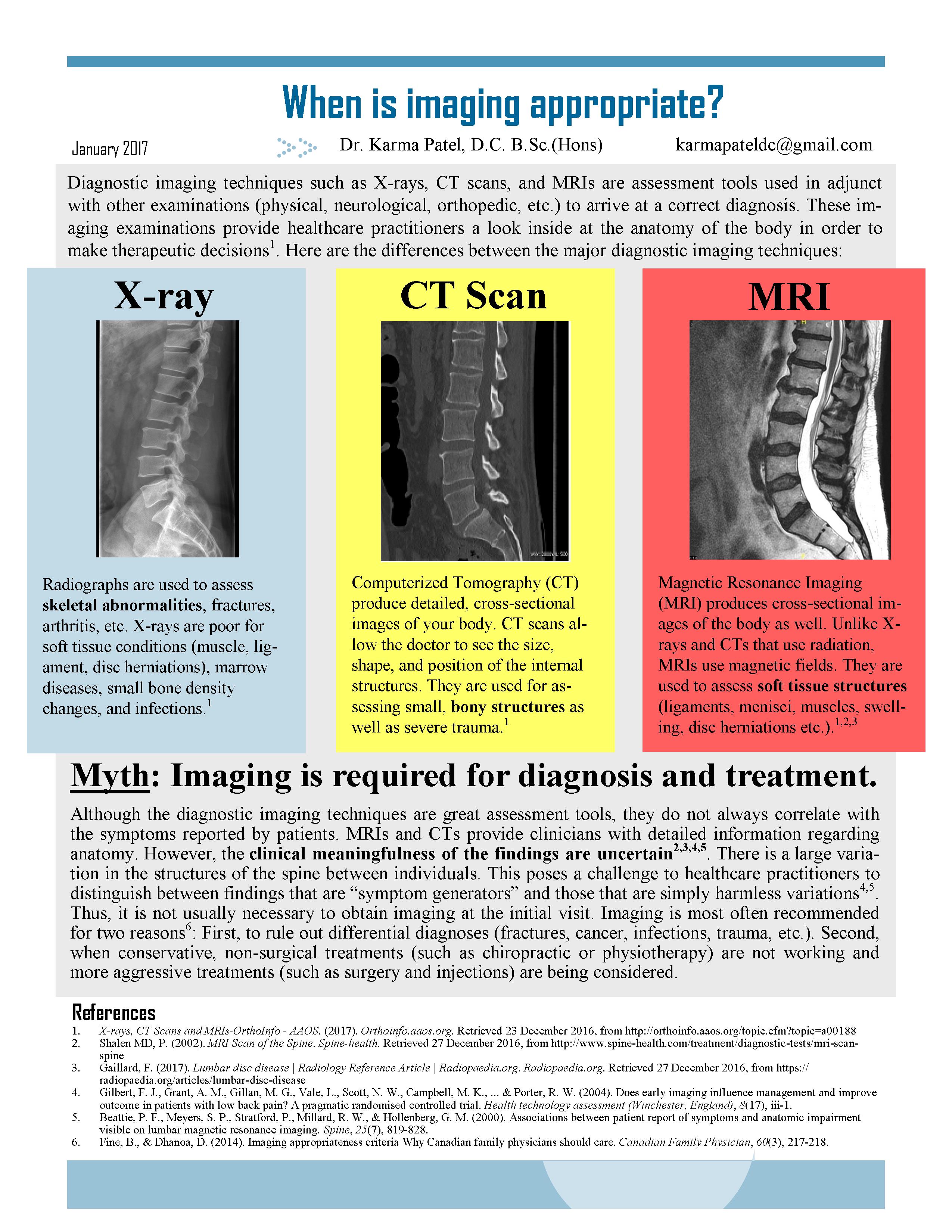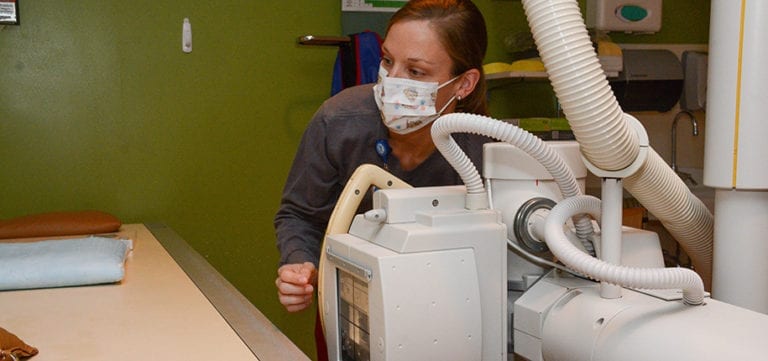

This is why it’s extremely important to never wear or bring anything metal into the MRI suite during a scan. This attraction can be very strong, causing metal objects to become projectiles. Anything magnetic objects nearby (anything made of metal) may become attracted to the magnetic field. The biggest risk comes from the generation of a strong magnetic field from the MRI machine. Risks and precautions when getting an MRI.Īlthough MRIs do not use ionizing radiation like X-rays, there are a few risks to be aware of. However, since the risk isn’t zero, X-ray imaging should only be done if completely necessary and when no other imaging options are available. Most of the time, X-ray images can be created with minimal risk. The decision to have an X-ray is one to be made together with your provider. However, according to the American College of Radiology, MRI scans have no proven risk to pregnant women or their unborn baby.

The evidence is conflicting when it comes to how an X-ray could affect a fetus, but some experts say there is a concern for birth effects or certain childhood cancers if the fetus is exposed to ionizing radiation.
Mri vs xray skin#
Skin changes including redness or hair loss can also occur with ionizing radiation exposure.Īccording to the FDA, women who are pregnant should avoid X-rays that involve areas around the lower torso, including the pelvis, abdomen, and lower back. The radiation used during an X-ray is considered ionizing radiation, which means it can remove electrons from atoms and molecules (including human tissue and organs).Įven though X-ray machines use only very low doses of this high-energy radiation, exposure to this type of energy means a slight risk increase for developing cancer later in life. X-rays send radiation waves through your body to generate black and white images. MRIs can differentiate between fat, water, soft tissue, and muscle much better than an X-ray or even a CT scan. Joint health can be closely evaluated with MRI imaging as well including: Because of this, MRIs are helpful when evaluating and screening for cancer. MRIs can evaluate soft tissue (including internal organs), nerves, and blood vessels. This is where the more advanced MRI technology can help. X-rays can’t show soft tissue or inflammation very well.

You may also need an X-ray if there is a concern about a dislocated or misaligned joint. X-rays are most often used to diagnose fractured bones, evaluate for injury or infection such as pneumonia, and locate foreign objects in soft tissue (like metal or wood from trauma). The price of an MRI can vary widely depending on the area of the body being evaluated as well as the type of facility and where you live.Īccording to Business Insider, MRIs can range from a few hundred dollars to several thousand while X-rays can be as inexpensive as $40. MRIs can take 20-90 minutes depending on the area being imaged. When the radio wave passes through the body, tiny proton atoms inside your body react and create the picture.ĭuring an MRI, energy is passed through a coiled wire to create a temporary magnetic field around a certain part of the body. The powerful magnet used during an MRI sends radio waves through the body to create detailed images of the body. Rather than using radiation, MRI machines use magnetic fields and radio waves (as well as a computer) to create an image of your body’s internal structures. X-rays are quick and painless, usually taking only a few minutes to complete. X-ray technology is the oldest form of medical imaging and is the most commonly used form thanks to its convenience and affordability. X-ray: How do they work?Īn X-ray (or radiography) uses ionizing radiation to create images of body structures. This helps medical practitioners evaluate, diagnose, and screen for various medical concerns. They can both help radiologists spot abnormalities in the body without making a single incision. Magnetic resonance imaging (MRI) and radiography (X-rays) are two of the most commonly used imaging technologies. Let’s start with what MRIs and X-rays have in common. However, we’ll also arm you with information about what makes one diagnostic imaging option different from the other. Your healthcare team will help you decide the right imaging for you, give you other medical advice, and help you create an imaging plan together. Thankfully, you don’t need to make this decision on your own. X-ray: It’s common to wonder which type of imaging you should choose. While X-ray technology has been around longer, MRI scans are becoming more available and helpful–especially when it comes to cancer screening.X-ray, including technology used, how images appear, price, and risks. There are several differences between an MRI vs.MRIs and X-rays are commonly used to create images of internal structures of the body.


 0 kommentar(er)
0 kommentar(er)
